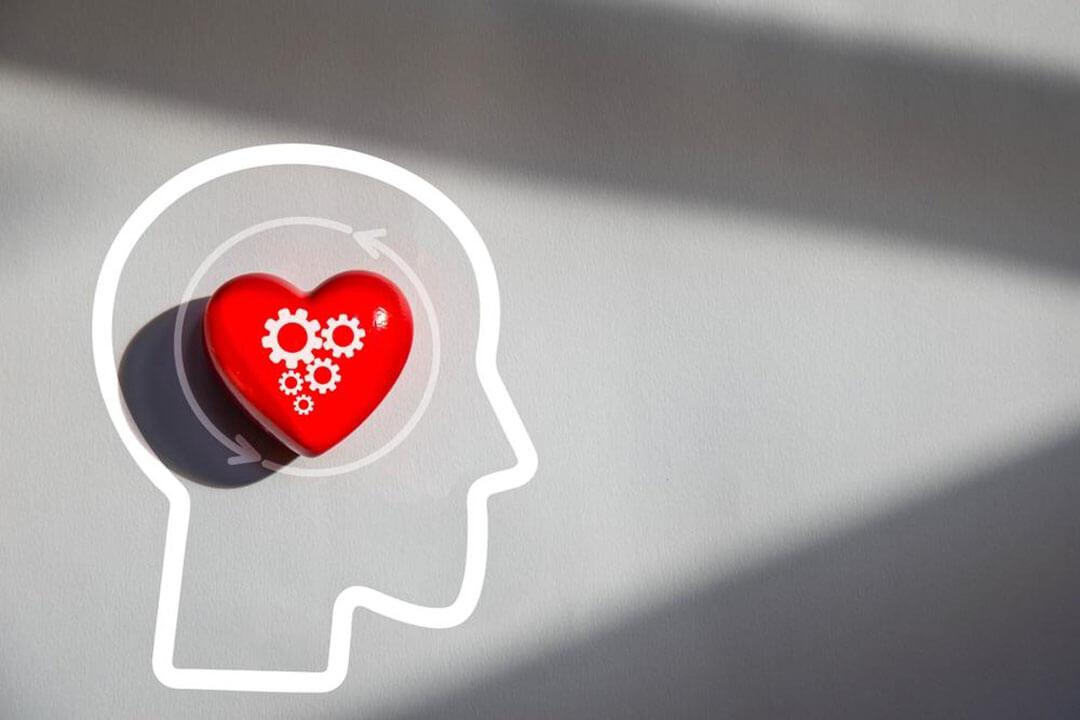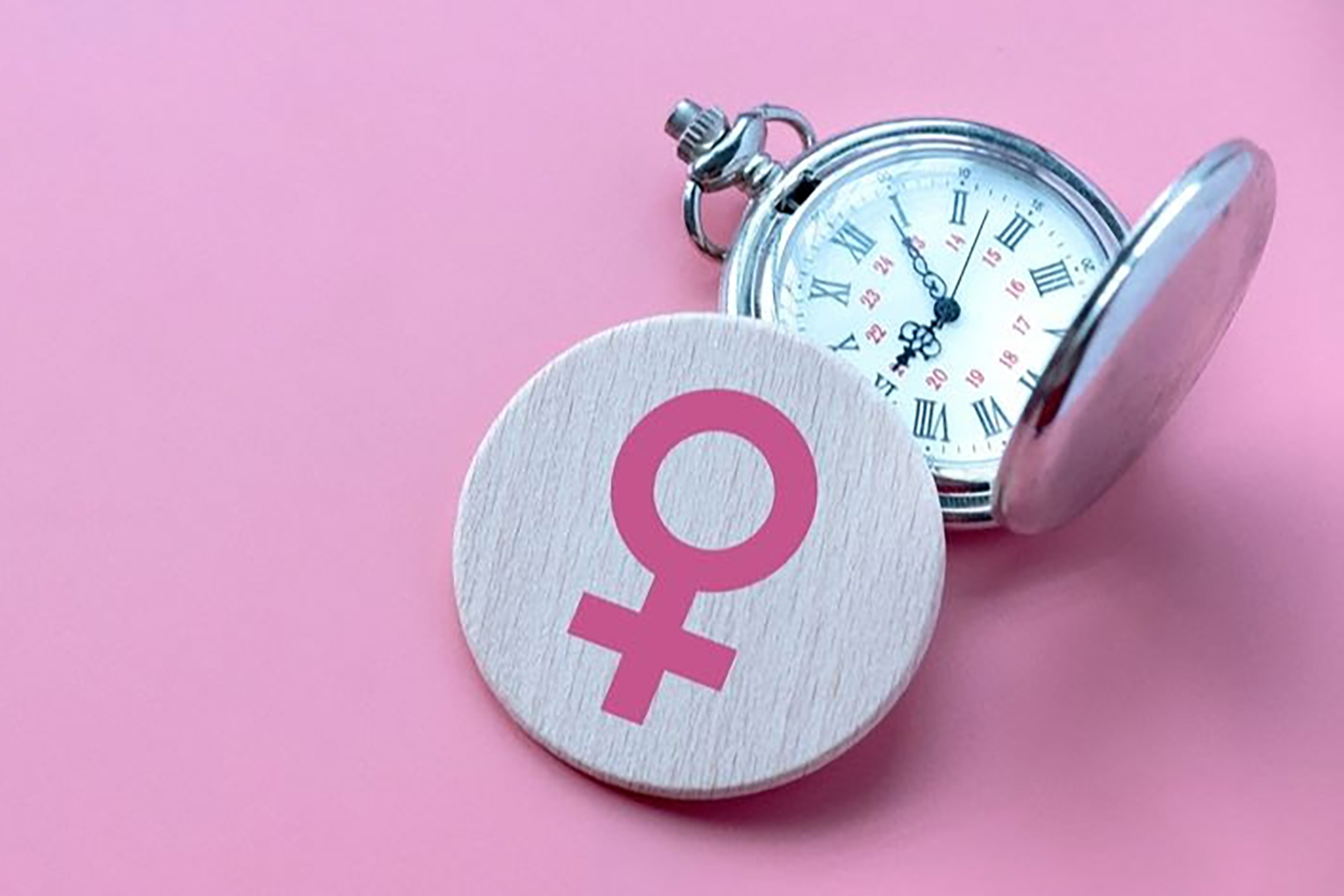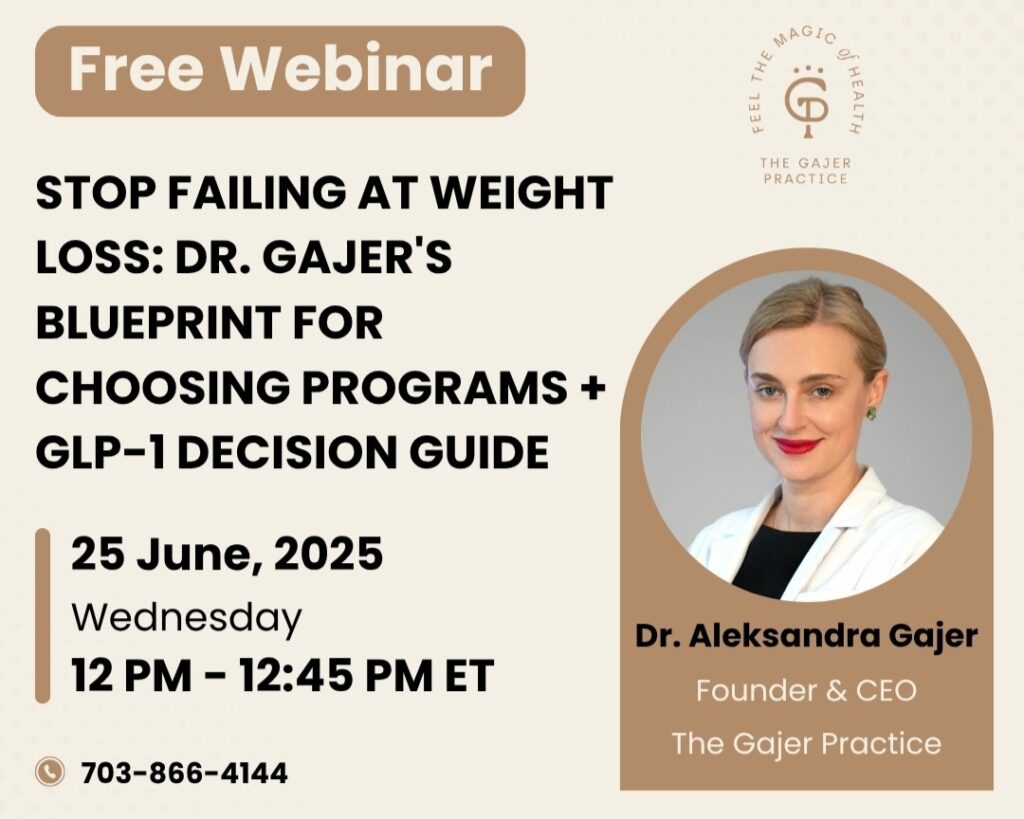Dear readers,
The phrase “use it or lose it” is more than just a catchy saying—it’s a fundamental biological principle that applies to two of our body’s most critical systems: our muscles and our brains. As a physician who specializes in metabolic health and optimization, I’ve witnessed firsthand how this principle manifests in patients’ lives, for better or worse.
The Biology of “Use It or Lose It”
Both muscles and neural pathways follow a similar biological law: what we don’t actively use, our body assumes we don’t need. It’s a remarkably efficient system designed to conserve energy and resources, but in our modern world of convenience, this efficiency can work against us.
Muscle Atrophy: The Visible Evidence
Let’s start with what we can see. When a muscle isn’t regularly challenged, it begins to atrophy—shrinking in size and strength. We’ve all experienced this to some degree, whether it was the weakness felt after removing a cast or the decline in fitness after taking time off from exercise.
This process happens with striking speed. Research shows that muscle strength can decrease by up to 3% per day during complete immobilization. Even among healthy adults, just two weeks of reduced activity can decrease muscle mass by nearly 5%.
What’s happening at the cellular level? Unused muscles experience:
- Decreased protein synthesis
- Reduced mitochondrial density
- Diminished glycogen storage
- Capillary regression
In essence, your body is saying, “We don’t need to maintain this expensive tissue if it isn’t being used.” This metabolic pragmatism makes perfect evolutionary sense—why waste precious energy maintaining strength you never use?
Neural Pruning: The Invisible Decline
While muscle atrophy is visible, a similar process occurs invisibly in our brains. Neuroplasticity—the brain’s ability to form and reorganize neural connections—works both ways. Neural pathways that are regularly activated become stronger, while those left dormant begin to weaken and can eventually disappear.
This explains why:
- Languages not practiced are forgotten
- Skills become rusty without use
- Memories fade without recall
- Cognitive abilities decline without challenge
The brain, like muscle tissue, is metabolically expensive to maintain. It consumes approximately 20% of our body’s energy while accounting for only 2% of our body weight. From an efficiency standpoint, pruning unused neural pathways conserves valuable resources.
The Interplay Between Physical and Mental Activity
What’s particularly fascinating is how deeply interconnected our muscular and neural systems are. They don’t just follow similar “use it or lose it” principles—they actively influence each other’s development and maintenance.
Physical activity directly stimulates brain health through multiple mechanisms:
- Increased blood flow delivering oxygen and nutrients to brain tissue
- Release of growth factors like BDNF (Brain-Derived Neurotrophic Factor), which promotes neural growth and protection
- Reduction in inflammation that can damage neural connections
- Improved insulin sensitivity affecting brain energy metabolism
- Enhanced mood regulation through neurotransmitter modulation
This explains why regular exercise is associated with improved cognitive function, better memory, enhanced learning capacity, and reduced risk of neurodegenerative diseases like Alzheimer’s.
Modern Life: Fighting Against Our Biology
Today’s environment presents unique challenges to our “use it or lose it” biology. We’ve engineered physical activity out of daily life and created endless passive digital entertainment. The result? Many of us are simultaneously experiencing muscular deconditioning and reduced cognitive stimulation.
Consider these modern trends:
- Sedentary jobs: The average American sits for 6.5-8 hours per day
- Screen time: Adults spend approximately 11 hours daily interacting with screens
- Automation: Everyday tasks that once required physical effort now require minimal exertion
- Passive consumption: Many forms of entertainment require little active mental engagement
Each of these represents a “non-use” signal to our muscles and brains.
Strategies for Keeping Both Systems Strong
The good news is that understanding the “use it or lose it” principle allows us to intentionally counteract these trends. Here are strategies to maintain both muscular and cognitive strength:
For Muscle Maintenance:
- Progressive resistance training: Challenge muscles regularly with gradually increasing loads
- Daily movement: Incorporate movement throughout the day, not just during exercise sessions
- Protein adequacy: Consume sufficient protein to support muscle protein synthesis
- Recovery prioritization: Allow for proper sleep and recovery between training sessions
- Consistency over intensity: Regular, moderate activity produces better long-term results than occasional intense efforts
For Brain Maintenance:
- Novel challenges: Learn new skills that require concentration and practice
- Social engagement: Participate in meaningful conversations and relationships
- Mental variety: Engage in different types of cognitive activities (analytical, creative, memory-based)
- Stress management: Chronic stress accelerates cognitive decline
- Curiosity cultivation: Maintain a questioning mindset and intellectual curiosity
Combined Approaches:
Some activities brilliantly combine physical and mental stimulation:
- Dance classes: Involve coordination, memory, social interaction, and physical exertion
- Sports: Require strategic thinking and physical performance
- Outdoor activities: Combine physical demands with navigational skills and attention to surroundings
- Manual crafts: Engage fine motor skills alongside focused attention and creativity
The Long-Term Perspective
What I find most compelling about the “use it or lose it” principle is its application across the lifespan. The choices we make daily compound over decades, creating vastly different trajectories of physical and cognitive aging.
Consider two hypothetical 70-year-olds:
Person A has spent decades with minimal physical activity and passive entertainment. Their muscle mass has steadily declined, and neural pathways have gradually pruned back to only what’s necessary for their limited routine.
Person B has maintained regular physical challenges and cognitive engagement. Their muscle mass, while naturally reduced with age, remains functional and resilient. Their neural networks are extensive and adaptable from decades of active use.
The difference in quality of life between these individuals is profound—not because of genetics or luck, but because of how they responded to their body’s “use it or lose it” system.
Final Thoughts
As both a physician and a human navigating this modern world, I’ve come to see the “use it or lose it” principle not as a threat but as an opportunity. It reminds us that our bodies and minds are incredibly responsive systems that adapt precisely to how we use them.
The key insight is this: Both our muscles and our brains are constantly being shaped by what we repeatedly do—or don’t do. This gives us tremendous agency in determining our physical and mental trajectory as we age.
So I encourage you to ask yourself regularly: What muscles am I using today? What neural pathways am I strengthening? And perhaps most importantly—what capacities am I at risk of losing through non-use?
Because in the end, the things we take for granted—our strength, our memory, our cognitive flexibility—remain ours only if we actively claim them through use.
To your health,
Dr. Alex Gajer






